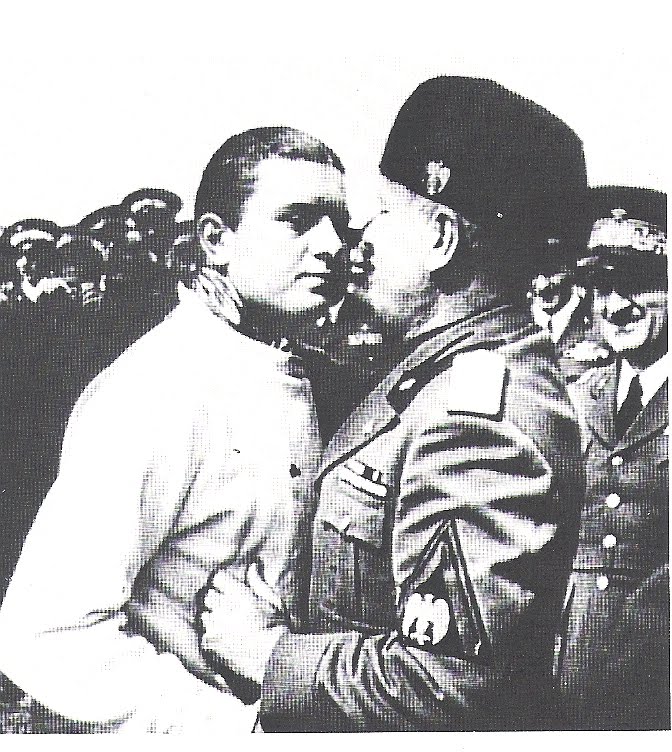

It became the first stretch of railway in the country to be dual gauge. It was decided that this new railway would be built to Brunel's 7ft broad gauge and so, in 1844, the northern section of the Dramway - between Shortwood and its junction with Ram Hill Pit - was converted to this width. It was now planned to extend the track towards Gloucester and in 1839, with the assistance of the GWR, the Bristol and Gloucester Railway Company was formed. In 1835, another line - branching off at Mangotsfield and leading through a tunnel at Staple Hill to a place called Cuckolds Pill, next to Bristol's Avon Street - was completed.

It proved a great success with nearly 3,000 tons of coal traversing the Dramway, as it was named, in 12 months. With a 4ft 8in gauge cast iron track with passing places, held down on sunken limestone blocks, no conventional sleepers were needed. Fully loaded trucks, with flanged wheels, would trundle down a 400ft gradient by gravity - with, of course, a 'brake man' to control the descent - and then be pulled back, when empty, by horse power. Three years later a 'wagonway' - which ran from the mines at Hole Lane Pit and Siston Hill down to the river - opened for traffic. By 1828, plans for both an Avon and Gloucestershire Railway (A and GR) and a Bristol and Gloucestershire Railway (B and GR) had been approved. These 'wagonways' weren't a new idea - entrepreneur millionaire Ralph Allen had used them to transport stone from his Bath mines - but the use of iron rails was quite novel.Īfter two false starts, in 18, it was decided to build a horse-drawn track from Ram Hill pit - near Coalpit Heath - to a wharf on the River Avon near Keynsham. Most early solutions revolved around water-borne transport, but by the early 19th century horse-drawn 'wagonways' - early railways - were being pioneered. To get this to the city required roughly 130 horse-drawn wagons. It has been estimated that, by the 1820s, Bristol's requirement of coal stood at an incredible 650 tons a day. Its construction straddled that period between horse-drawn transport, such as carts and canal barges, and the newly invented steam engine.Īs these hungry monsters became commonplace in industry, the problem of transporting the vast amounts of coal they demanded became critical. 19 September 2006 - South Gloucestershire Council has launched a booklet to encourage people to use the Dramway - the 19th-century 'tramway' once used to transport coal from pits nine miles north of Bristol to the River Avon - as a recreational walk.Īs Our first local 'railway', the historic Dramway certainly deserves room in the history books.


 0 kommentar(er)
0 kommentar(er)
